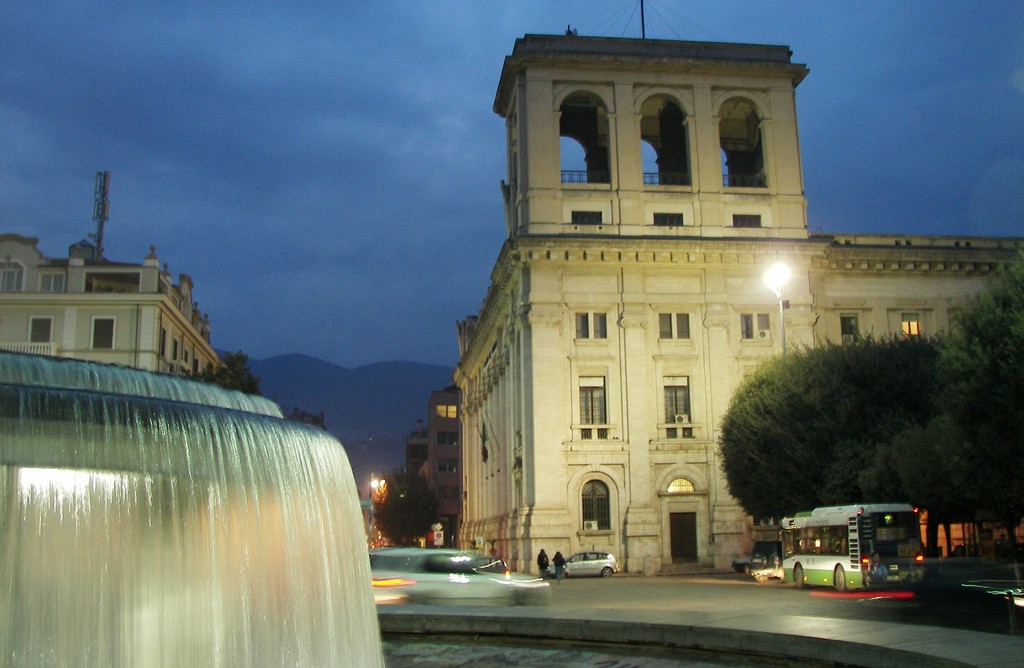
Terni is closely linked to nature thanks to that umbilical cord which from Valnerina Square through Viale Brin unites it inextricably and not only symbolically, to the Marmore Waterfalls and the Nera Valley.
Water is the characteristic of Terni and its name owes its name to water.
The ancient Interamna Nahars (the city between the two rivers), still today is grateful and closely linked to the lines of water that run through it, now regimented and no longer as tumultuous as before.
Unlike many Umbrian cities, Terni is on the plain, 130 meters above sea level. The Terni basin was home to part of the Tiberino Lake.
The first populations took refuge in the hills to escape the unhealthy air of the valley bottom, in this case, however, was the presence of water to attract them.
They deeply modified the structure of the area to make it more hospitable: they diverted the Serra river and reclaimed the land.
The emblem of those peoples became the pestiferous dragon (Thyrus), which identified the danger of the finally reclaimed marshes.
"A vague garden", so in the middle of the 16th century Cipriano Piccolpasso defined the Conca Ternana exalting its fertility and the extension of the olive groves.
The historical evidence of the cultivation of the olive tree and the importance it has had in the economy of the area, date back to the ancient tiles of Carsulae and the epigraphs of St. Andrea a Cesi, which reproduce oil amphorae.
In Colleluna, an immediate outskirts of the city, remains of an ancient Roman oil mill have been found. The sacrificial altar dedicated to Neptune, kept in the Archaeological Museum of Terni, shows a priest offering a patera filled with oil.